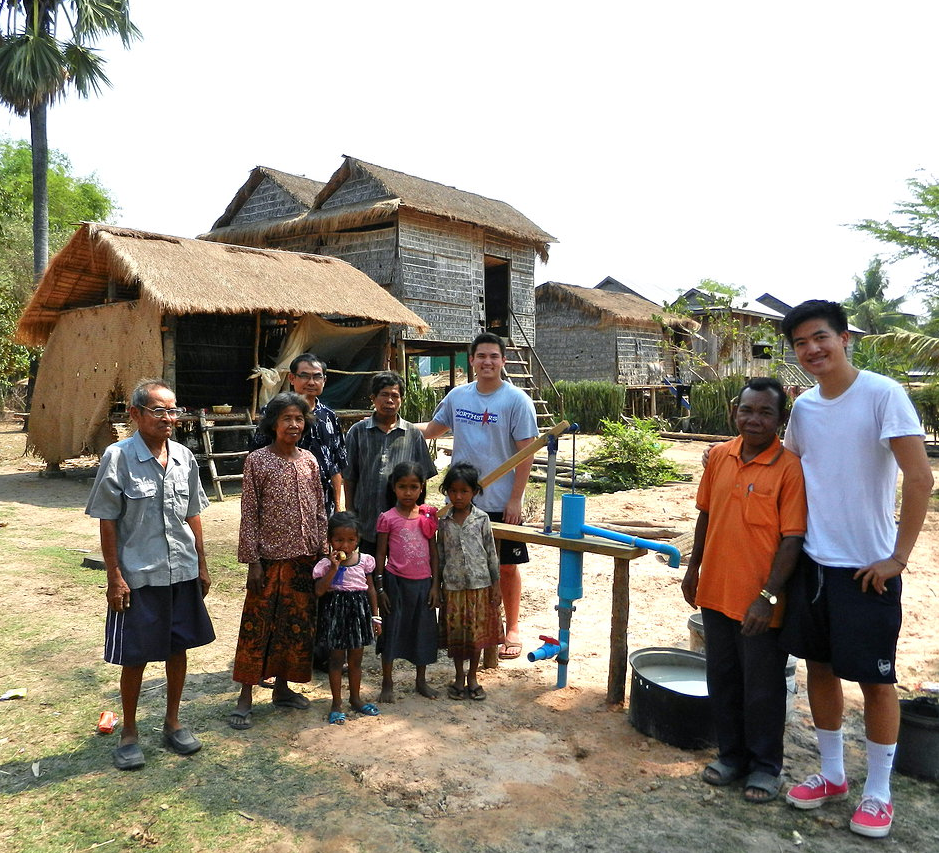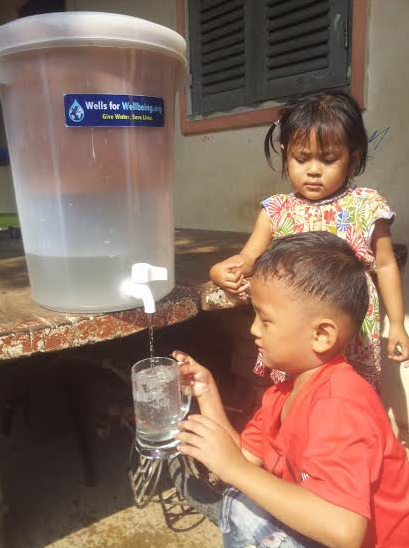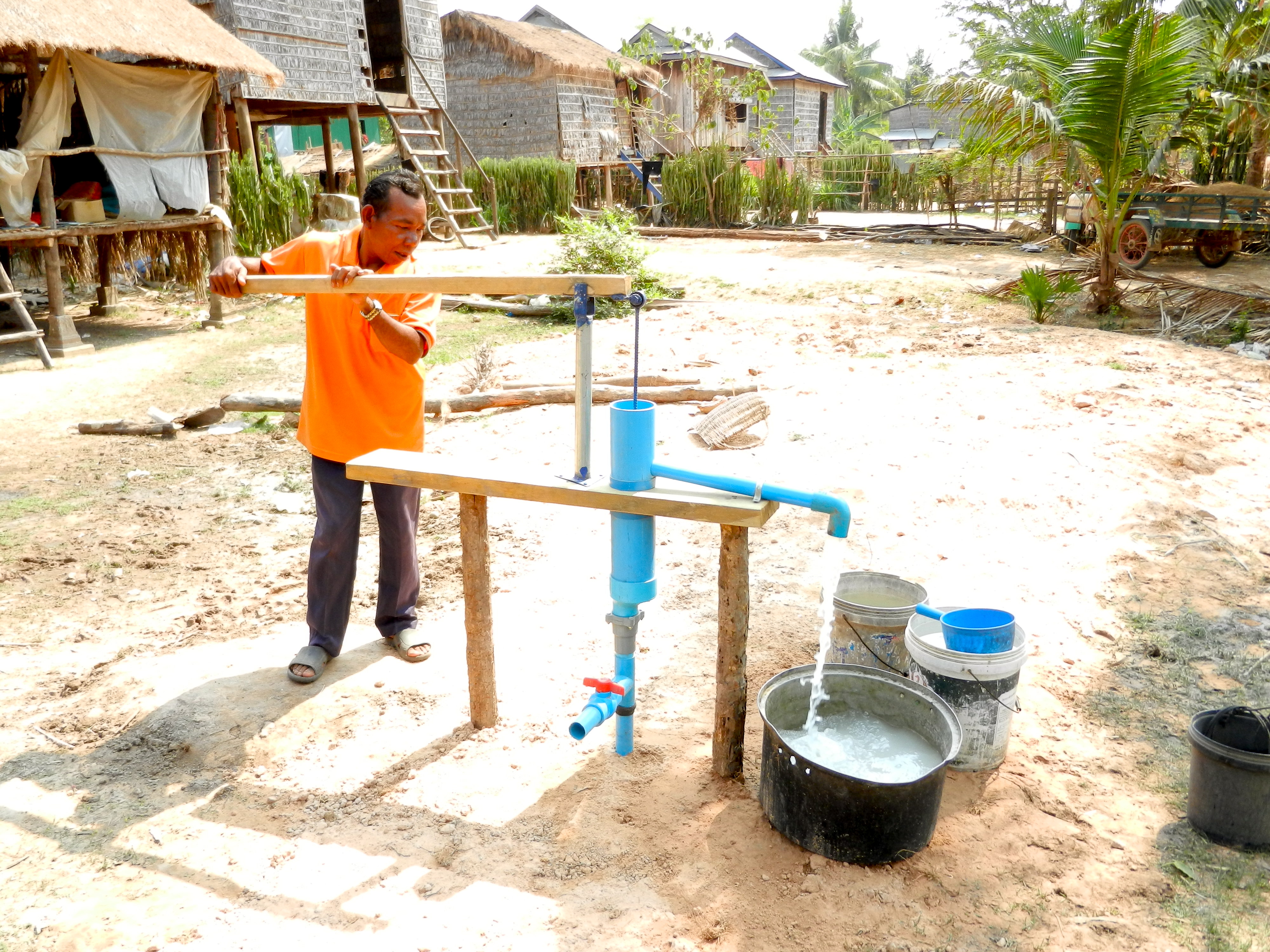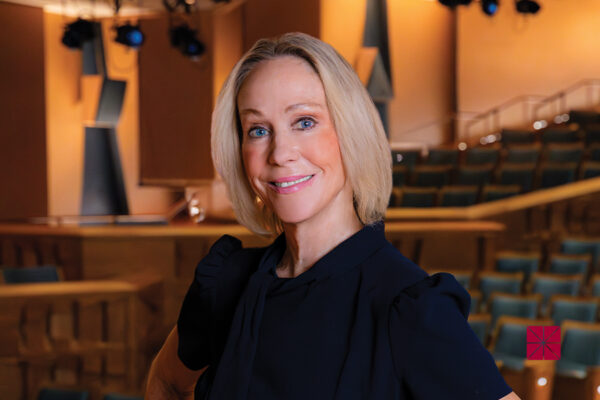In September 2013, I started a nonprofit organization called
Wells for Wellbeing
that focuses on making a lasting impact in this world by constructing water wells that provide clean, safe and sustainable drinking water for those in need.
But Wells for Wellbeing doesn’t stop there
After each water well is completed, we hire teachers to educate the villagers (especially children) about hygiene, water safety and how to efficiently use their newly constructed water wells in the hopes of creating a lasting impact on generations to come.
Additionally, we understand that not every village, individual or family has the space or land available for a water well. Therefore, we also build water filters for those in need. These simple water filters are easy to use and provide clean drinking water for a minimum of two years.
Currently, we target Cambodia, where nearly 75 percent of annual deaths are attributed to contaminated water. More disturbingly, nearly 200 Cambodian children die every 24 hours from unsafe water, and one in seven Cambodian children die before age 5.
How a project became a nonprofit
I transferred to Chapman University in fall 2012. In addition to being a member of the men’s water polo team, I joined
Chapman’s branch of Enactus
, which is a club that motivates students to use entrepreneurial action to empower both national and international communities. After being elected the vice president, I began brainstorming potential projects for Chapman’s Enactus members to pursue. Since a lot of the members’ interests consisted of helping local businesses, one came to mind: Vision for Villages. Although this organization was focused on spreading the word of Christ to unreached areas of the world, I realized that there were a number of different and alarming problems within Third World countries.
Cambodia was a country that stood out. As noted before, nearly 75 percent of Cambodia’s annual deaths are attributed to contaminated water. I wanted to understand why this percentage was so unbelievably high. Therefore, I put together a trip along with one other Chapman University Enactus member to go into the jungles of Cambodia on a once-in-a-lifetime trip to learn more about the cause.
Prior to leaving in March 2013, the Enactus members and I raised $2,000 to build four different water wells in Cambodia. In addition to learning more about water problems, our team wanted to witness what it takes to build a water well and how it affects these individuals receiving one.
A lot of people wonder:
- Why don’t these villagers boil the water before drinking?
- Why can’t these villagers obtain water?
- Why is the mortality rate incredibly high when it comes to water?
And these were all of the same questions that my team and I pondered too.
After spending a week in Cambodia, I learned the answers to all of these questions. For one, the villagers lacked necessary resources to obtain clean and safe drinking water. These villagers were walking miles for water, which they carried in large containers – a strenuous journey for anyone. A water well doesn’t always guarantee clean water. Even if the water looks clean, a water filter is needed. And a lot of these villagers aren’t educated on water safety, hygiene and other water-related topics. Some villagers were drinking rain water that they assumed was safe to drink, only to realize that a particle or contaminate had somehow gotten into the rain water. A lot of these villagers, mostly children, get sick and have diarrhea or other fatal problems. In the United States, diarrhea and other problems are resolved through medicine or other simple methods. In Cambodia, however, these methods and medicine are not available or are too expensive to purchase, which results in fatalities.
Our water wells and filters make a difference
Water Wells
There are two different types of water wells that Wells for Wellbeing is constructing in these villages.
The first is the type of water well that most of us are familiar with: the large circular wells where a bucket is used to collect water. These wells are dug deep, about 25 meters, to provide water to a village of many families.
The second is the type of well meant to serve individual families. However, these wells can be shared and serve a number of families. They have an easy-to-use lever that allows practically anyone to pump water for themselves, quicker and easier than the first type of water well. These wells are only dug about 12-15 meters deep.
We’re often asked, “Why this well over the other?”
Aside from the information above, it completely depends upon the location. Sometimes, you need to dig deeper in certain areas to reach the water source. Additionally, bigger wells are sometimes better in prevailing weather conditions. For example, if the area floods during the wet season, the legs on the second type of water well might give out. We look at every aspect when deciding to build a well for a particular area.

Kyle Kim-E ’14, at center in gray T-shirt, with a Cambodian family at a new well made possible by Wells for Wellbeing.
Water Filters
Wells for Wellbeing has partnered with iDE-Cambodia to build ceramic water filters that will provide clean and safe drinking water to individuals and families for a minimum of two years. Each water filter has a two-year warranty, but with care it can last nearly 10 years. Some families have been using their water filters for more than ten years.
The impact on Cambodian villagers

Two children get clean drinking water from their water filter.
Take a moment and think about the last time you drank a cup of water.
Now, think about how you got that water. Did you buy a bottle of water? Did you get it from your tap? Your refrigerator?
And now, think about how you would get that water if you didn’t have enough money to buy a bottle of water, didn’t have access to water and didn’t own a refrigerator.
Nearly 33 percent of Cambodians don’t have access to clean water. And 25 percent of Cambodians live on $1.25 U.S. dollars or less per day. These villagers don’t have the money or time to continuously buy water bottles. The nearest convenience store or market can be a mile away, and then to carry back cases of water – it’s just illogical.
Some people that live near the city areas could probably complete such a scenario, but they also have motorcycles and cars that can transport them from one place to the next much more efficiently and quickly. But for most villagers, constructing a water well is out of their budget and they don’t know who to contact to complete such a request. And if they contact the wrong people, they could end up with a low-quality well or even be scammed.
This is where we come in. We provide clean drinking water and hygiene education to make a lasting impact in these villages.
Get involved and support our mission
Wells for Wellbeing is always actively
looking for potential partners
and sponsors.
Maybe you’re interested in making an impact in Cambodia and want to proudly show it off? You can
purchase a personalized water filter
that will give clean drinking water to those in need for $20. Or maybe you want to do more and have your own personalized water well that will provide villages with water for many years to come, and that’s $500, which includes the water well, education from teachers and a water filter.
Or you can purchase one of our comfortable and stylish Wells for Wellbeing T-Shirts, provided from one of our awesome partners, Delta Custom, in Orange, Calif.
Thank you for all of your support! Together, we can give water and save lives.
Editor’s note: Kyle Kim-E’ 14 is completing his bachelor’s degree in Strategic and Corporate Communications.





Add comment